In October 1935, a journalist, Ernestine Hill, wrote in an Adelaide newspaper, ‘The Advertiser,’ about the Italian community in South Australia and called it “little Italy.” She reported that there were less than 2,000 Italians. Most of them were in what she called “the laboring classes” who were employed in agricultural, industrial and mechanical areas of work across the state.
The image above shows a group of Veneto families and single men, Lockleys, c1940s. Photo, supplied by Christine Rebellato nee Mattiazzo.
Statistics
Desmond O’Connor’s research showed that 2,493 Italians arrived in South Australia between 1927 and 1940. The largest groups came from four regions: Veneto (728 people), Calabria (512), Puglia (288) and Campania (239).
In 1933, the population of Australia was 6,630, 600. In the total population of South Australia of 580, 987 and 1,489 people identified as being born in Italy. Just one in five Italians were women. At that time, the largest group of Italians (367) lived in the city of Adelaide and 214 resided in Port Pirie which had a large group of fisher families from Molfetta.
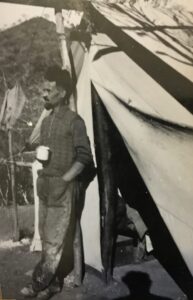
In her 1935 article, Ernestine Hill reported that Italians:
are scattered far and wide over the State. Forty or fifty are mining mica in the Hart Ranges in Central Australia – their output absorbed by the small mica-cutting factory of one of their countrymen in Adelaide. A few are gold miners. Two hundred fishermen of Bari and Sicily cast their nets along the coast and in the Murray River.
Others are engaged as workmen, stonemasons, cabinetmakers and mechanics or planting their vineyards and garden groves.
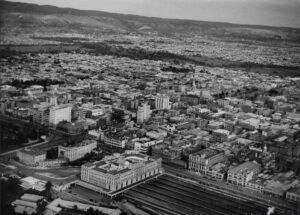
1947 Census
Because of the war years, there was a gap of 14 years before the next Census. The population of Australia had increased by nearly a million people to 7, 580, 820.
A total of 646,216 people were living in South Australia.
The records showed that 2,428 people in South Australia recorded their birthplace as Italy in 1947 – an increase of nearly one thousand from 1933.
Little Italy – the Veneto market gardeners at Lockleys
After they arrived in the mid-to-late 1920s, the Veneto group lived in boarding houses in the city of Adelaide and then travelled in country South Australia and other states looking for work wherever they could find it. The first of the Veneto market gardeners began leasing land in the Lockleys area from the mid-1930s.
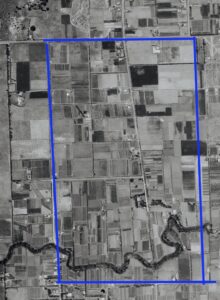
According to the 1933 Census, there were only 44 Italians living in the Woodville Council area which is where the Veneto group settled. By 1947, the numbers had increased to 57 and the number of women had doubled to 12. This growth reflects the arrival of several women in the Veneto community of market gardeners.
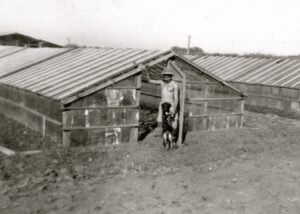
Fear of little Italies
In 1930s, newspapers reported negative opinions about Italians in South Australia. In one article they were called “foreigners” who didn’t mix, spoke their own language, made very little money and lived in poor accommodation (‘The Advertiser’, 13/4/1938).
Newspapers were also critical of other southern Europeans. Anglo Australians seemed to fear groups of Italians who lived close to each other and called them “alien communities.”


![]()
![]() Ernestine Hill had a different – and positive – opinion about Italians in South Australia when she wrote about them in 1935. She said:
Ernestine Hill had a different – and positive – opinion about Italians in South Australia when she wrote about them in 1935. She said:
Love of country endures as love of country always must and shall, but in this case it expresses itself for the most part in a community and family economy to assist relatives and friends at home to emigrate to a new land of plenitude and peace, remote from the hand-to-mouth struggle of teeming cities of great architectural beauty and dire poverty.
The comfort of the close community
We know that the Veneto market gardeners and other non-English-speaking groups found strength and comfort in the small communities that they created in the cities and country towns. Many of the Veneto people did not have other family members in Australia and they took on the challenge of making a new life in an unfamiliar country.
The market gardeners at Lockleys made strong relationships which deepened when the group became larger with the addition of wives and children – it became a small community of families who supported each other. Godparents took the place of aunts and uncles and even though they were not all from the same area in the Veneto region, the market gardener families became paesani (people who came from the same locality in Italy).
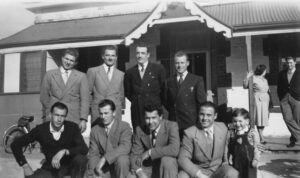
The Lockleys locality became like a small village where the Veneti lived within about three kilometres of each other. They could become successful business owners, flourish and overcome the difficulties of the Second World War in the 1940s. The first-generation market gardener families were well established at Lockleys when they assisted new Veneto migrants to feel welcome when they arrived after the war.
Madeleine Regan
5 November 2023
References
Desmond O’Connor, No Need to be Afraid: Italian Settlers in South Australia between 1839 and the Second World, Wakefield Press, 1996.
Australian Bureau of Statistics: Census of the Commonwealth of Australia, 1933 and 1947.
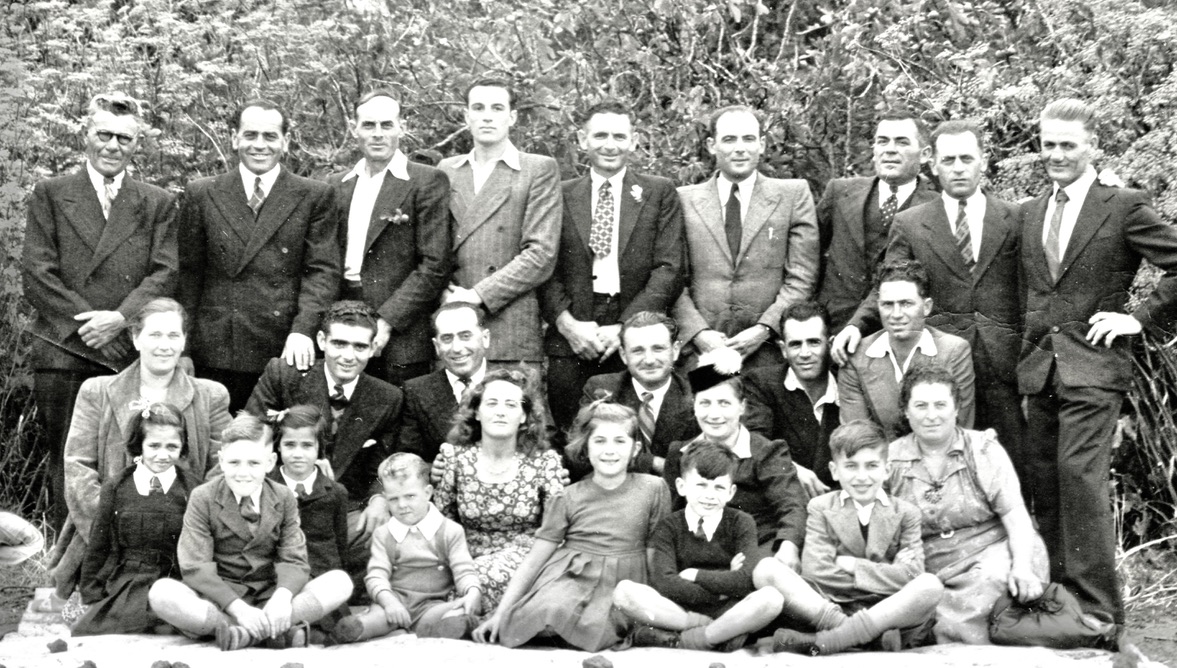
Once again you have cast a light on those years that I knew very little of. Thank you so much Madeleine.